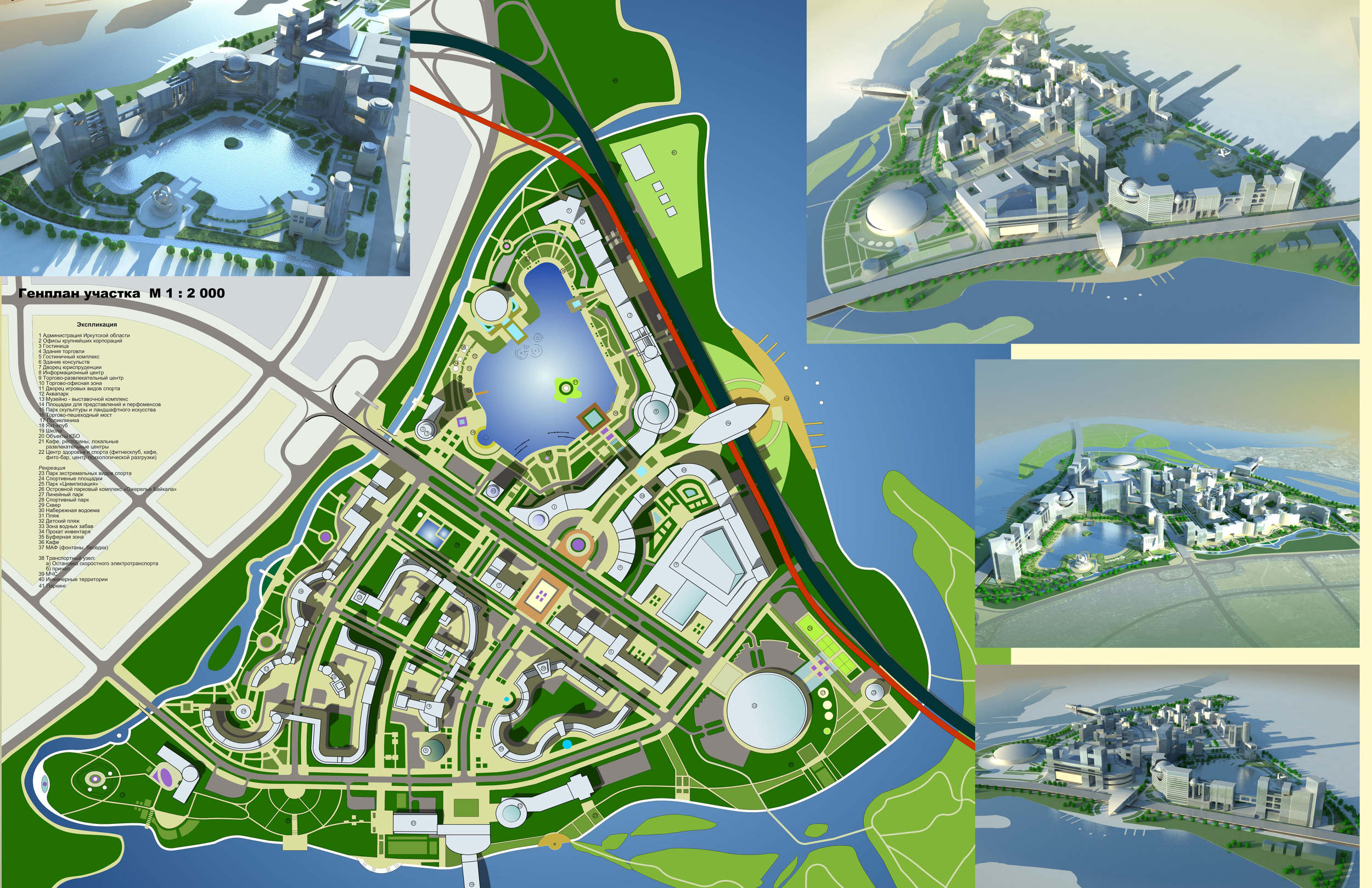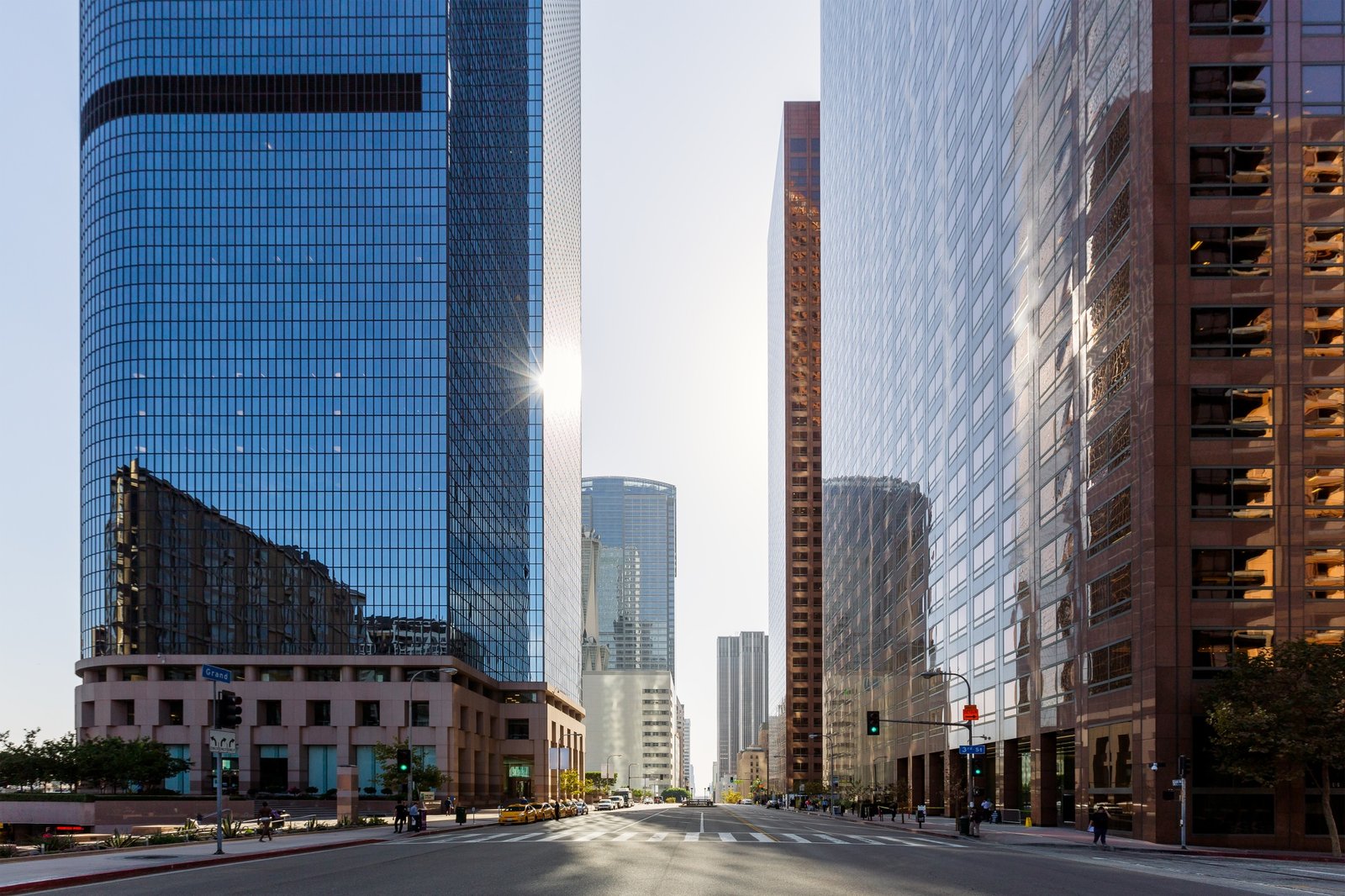A business district is a designated area within a city or town where commercial activities are concentrated. These districts have a high density of businesses. They include offices, retail shops, and service providers. The primary purpose of a business district is to facilitate economic activity and provide a hub for commerce.
Historical Context of Business Districts
Business districts have changed, reflecting cities’ economic growth and urbanization. They began as trade centers for merchants. Over time, improved transportation and infrastructure have shaped their layout and function.
Types of Business Districts
Business districts can be categorized into several types, each serving different functions:
- Central Business District (CBD): The main commercial area of a city. It has high-rises and many corporate offices.
- Suburban Business D istricts: These areas, outside the urban core, serve locals with retail and services.
- Mixed-Use Developments: These districts combine residential, commercial, and recreational spaces. They aim to create vibrant communities.
Economic Impact of Business Distric ts
Business districts are vital to the economy. They create jobs, attract investments, and foster entrepreneurship. They serve as economic engines that contribute significantly to local and regional economies. High business density can boost consumer spending and economic growth.
Urban Planning and Business Districts

Urban planners consider many factors when designing business districts. These include accessibility, zoning rules, and community needs. Good urban planning can boost business district s. It can improve transport links and public spaces.
Challenges Faced by Business Districts
Despite their importance, business districts face several challenges:
- Economic Fluctuations: Changes in the economy can affect businesses in these districts.
- Competition from E-commerce: The rise of online shopping has led to decreased foot traffic in traditional retail areas.
- Urban Decay: Some business distric ts may experience decline due to neglect or lack of investment.
Revitalization Efforts
Many cities are actively working to revitalize struggling business districts through various initiatives:
- Incentives for Local Businesses: Providing tax breaks or grants to encourage new businesses to open in the area.
- Public Infrastructure Improvements: Upgrading roads, sidewalks, and public transport options to enhance accessibility.
- Community Engagement: Involving residents in planning to meet local needs.
The Role of Technology in Business Di stricts
Technology is reshaping how business district operate. Smart city initiatives use data analytics to improve traffic, security, and resource use. Additionally, digital platforms facilitate connections between businesses and consumers.
Case Studies: Successful Business Districts
Examining successful business district s can provide insights into effective strategies:
- Times Square (New York City): A prime example of a vibrant business district that blends tourism with commerce.
- The Loop (Chicago): Known for its architectural significance and diverse range of businesses.
- Shibuya (Tokyo): A bustling area recognized for its iconic crossing and thriving retail scene.
The Future of Business Districts
As cities continue to evolve, so will their business district. Future trends may include:
- Sustainability Initiatives: Emphasizing green building practices and environmentally friendly transportation options.
- Flexible Workspaces: They adapt to new work patterns by adding co-working spaces to business district s.
- Cultural Integration: Combining commercial spaces with cultural amenities, like galleries and theaters.
Importance of Accessibility in Business Districts

Accessibility is vital for the success of business district. Well-planned transportation systems ensure that customers can easily reach businesses. This includes public transit options, pedestrian pathways, and bike lanes.
Community Engagement in Business District Development
Engaging with the community is essential for developing thriving business district s. Feedback from residents can guide decisions on what types of businesses are needed and how public spaces should be utilized.
The Impact of COVID-19 on Business Districts
The COVID-19 pandemic has significantly affected business di stricts worldwide. Many businesses faced closures or reduced foot traffic due to health restrictions. However, some areas have adapted. They’ve enhanced outdoor dining and promoted local shopping.
Conclusion:
Business district s are key to urban life. They adapt to changes in consumer behavior, technology, and the economy. As cities evolve, so do the strategies to keep these areas vibrant. This is crucial for urban planners and economic developers. They should revitalize, embrace tech, ensure access, and involve communities. They must adapt to challenges, like COVID-19. This approach helps build resilient business districts that thrive.




